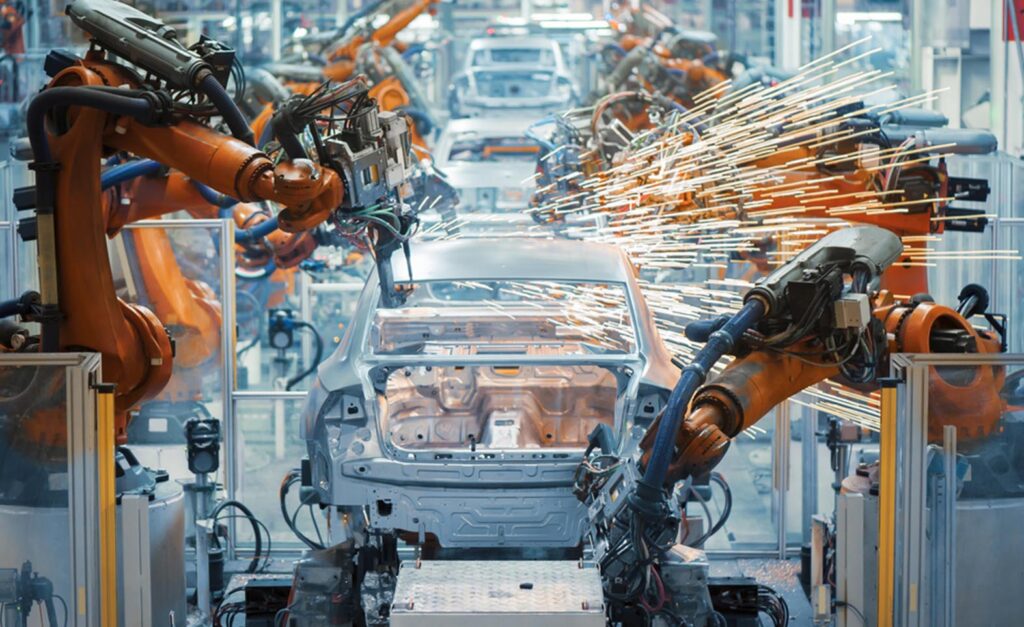
Introduction to Monsoon Woes in the Indian Auto Industry
The monsoon season in India often brings with it a sense of renewal and hope, but this year, car and cv market downturn it’s casting a shadow over the Indian Auto Industry. As raindrops drench the roads, the Indian auto industry faces an unexpected onslaught—one that has left both car manufacturers and commercial vehicle (CV) makers reeling.
The once-thriving market is now grappling with alarming trends that signal significant downturns. With car sales plummeting and challenges piling up for automakers, it’s essential to understand how these seasonal woes are impacting the Car and CV market downturn across the nation. Buckle up as we explore five key reasons why this monsoon might be one of the toughest yet for India’s automotive sector.
Decrease in Car Sales During Monsoon Season in Indian Auto Industry

The Indian monsoon brings heavy rains, and with it comes a significant impact on car sales in the Indian Auto Industry. Many consumers hesitate to purchase vehicles during this season. Concerns about road conditions and potential vehicle damage are major deterrents.
Moreover, the festive season typically boosts sales, but when rain disrupts travel plans, buyers often postpone their purchases. The uncertainty of weather can lead to hesitation among potential customers.
Car dealerships also face challenges; wet roads deter test drives and foot traffic decreases as people prefer staying indoors. This drop in activity further compounds the struggles for automakers trying to maintain momentum.
Additionally, supply chain disruptions caused by flooding or delayed shipments lead to inventory shortages just when demand might have picked up post-monsoon. With these factors at play, the car market feels the pressure more than ever during this rainy season.
Impact on Commercial Vehicle Market
The commercial vehicle market is feeling the pinch from monsoon woes. Heavy rains create challenging road conditions that hinder transportation and logistics. This directly impacts delivery timelines, causing businesses to rethink their fleet operations.
As waterlogged roads become a norm, many operators face increased maintenance costs. Frequent breakdowns lead to downtime, which affects profitability and efficiency. The inability to transport goods in adverse weather diminishes demand for new vehicles as companies opt to extend the life of their existing fleets instead.
Furthermore, supply chain disruptions are rampant during this season. Manufacturers struggle with delays in raw material deliveries due to flooded routes, pushing back production schedules for commercial vehicles.
With fewer sales on the horizon, manufacturers must navigate these turbulent waters carefully while adapting strategies tailored specifically for seasonal challenges in order to stay afloat amidst the downturn.
Challenges for Automakers during Monsoon

The monsoon season brings a host of challenges for automakers in India. Heavy rainfall often leads to flooding, which can disrupt manufacturing facilities and logistics networks. This unpredictability makes it hard for companies to maintain steady production schedules.
Supply chains are also affected by the weather. Delays in transportation can stall vehicle deliveries, leaving dealerships with empty lots and consumers frustrated over long wait times.
Additionally, consumer behavior shifts during the rainy months. Many potential buyers postpone purchases due to concerns about road conditions or vehicle reliability in wet environments.
Quality control becomes even more critical as manufacturers must ensure vehicles withstand harsh weather elements while maintaining performance standards. Balancing these factors proves daunting but essential for survival in a competitive market facing downturns like the current car and CV market downturn.
Solutions and Strategies to Overcome Monsoon Woes
To tackle the challenges posed by monsoon woes, automakers must innovate. Embracing advanced technology for rain-resistant features can attract buyers wary of weather conditions.
Efficient marketing campaigns that highlight durability and safety during adverse weather can shift consumer perceptions. Engaging customers with interactive content showcasing vehicles performing well in heavy rains might also boost interest.
Additionally, providing flexible financing options could ease buyer hesitation caused by economic uncertainties linked to seasonal impacts.
Collaboration between manufacturers and suppliers is essential too. Streamlining supply chains ensures timely production adjustments to meet fluctuating demand patterns throughout the monsoon season.
Enhancing after-sales services during this period can strengthen customer loyalty. Offering complimentary checks or low-cost maintenance packages will keep consumers satisfied while reinforcing brand trust amidst challenging times.
Future Outlook for the Indian Auto Industry
The future of the Indian auto industry is poised for transformation. With rapid advancements in technology and increasing consumer demand, electric vehicles (EVs) are set to revolutionize the market landscape.
Government initiatives supporting green mobility will likely accelerate this shift. Automakers are investing heavily in EV infrastructure, making it easier for consumers to transition from traditional fuel sources.
Additionally, emerging trends such as shared mobility and connected vehicle technologies could redefine ownership models. Consumers may prioritize convenience over possession.
However, challenges remain amidst these changes. Supply chain disruptions and fluctuating raw material costs pose significant hurdles that players must navigate carefully.
With strategic adaptations and innovations, the Indian auto sector can emerge resilient through any downturns or seasonality effects like monsoons. The focus on sustainability might steer future manufacturing processes towards eco-friendliness while enhancing market competitiveness.
Conclusion
The monsoon season in India brings much-needed rain, but it also has significant ramifications for the auto industry. The evident downturn in car and CV market sales during this period is a wake-up call. Automakers face mounting pressure to adapt quickly to changing consumer behaviors and weather conditions.
While challenges abound, opportunities exist for companies willing to innovate. By focusing on durable vehicles equipped for challenging climates, automakers can appeal to consumers who prioritize reliability during monsoons. Emphasizing effective marketing strategies can also help manufacturers connect with potential buyers more effectively.
Looking ahead, the viability of India’s automotive sector will hinge on its responsiveness to these seasonal shifts. With careful planning and strategic initiatives, the industry can navigate through these turbulent times successfully. The path forward may be fraught with obstacles, yet resilience remains key in overcoming them as the monsoon cycle continues each year. Read more here
Visit QAwire for more automobiles news.


